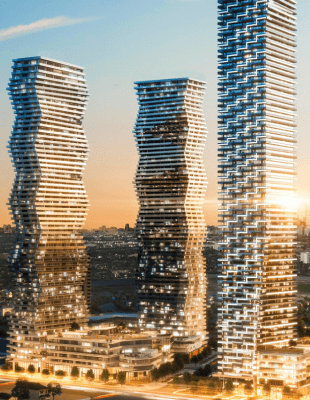How to realize net zero commitments, learning from examples from yesterday.
Preparing and shaping city energy systems
Cities worldwide have set ambitious net zero commitments, but the critical question is ‘what’s next?’ Strategic planning is a critical step in assessing the future energy mix that cities will need to realize their decarbonization agendas. To overcome decision paralysis, data from energy audits should be reviewed while mapping out gaps in skills, capabilities and resources required to achieve them. Setting realistic, feasible goals in order to achieve early wins to maintain the momentum will be critical.
Rapid urbanization, rising costs and ageing infrastructure also mean the energy transition will be challenging and costly so it’s important that our plans tell the story of our cities’ strengths.
Dancing the ‘micro-to-macro’ tango
The simplest and most effective solutions lie at the micro-level, so to best prepare our energy systems we should start small at the building level, assessing the energy efficiency of our properties. Then, expanding outwards to explore available resources at a neighborhood level such as a nearby body of water that could be used for water source heat pumps. Where these needs are not met or where there is an opportunity to maximize a particular resource further afield, we should broaden our solutions to a district level. Taking a micro-to-macro approach can help simplify the journey and create confidence in decision-making around implementable plans.

Key steps to support your journey:
- Simple effective solutions based on what’s available at the building, neighborhood and district level are key to overcome decision paralysis in this complex ecosystem
- Any future energy mix should tell the story of a city’s strengths, maximizing its available resources, while also ensuring this is done in a sustainable way. Environmental impact assessments can be key in ensuring the energy transition plans aren’t at the cost of the local ecology needed for the city to thrive
- Feasibility studies are critical to ensure potential roadblocks are proactively assessed as part of strategic plans
- Innovative solutions should be part of the permitting, tendering and contracting stage to help create an optimized system. For example, energy supply-based models that determine optimal zones to plan neighborhoods
Projects
How Arcadis can help
Arcadis has the experience and expertise to partner with you from strategic planning to implementation in your move to carbon-neutrality. Learn more about key solutions we offer as you navigate this stage of your journey.








